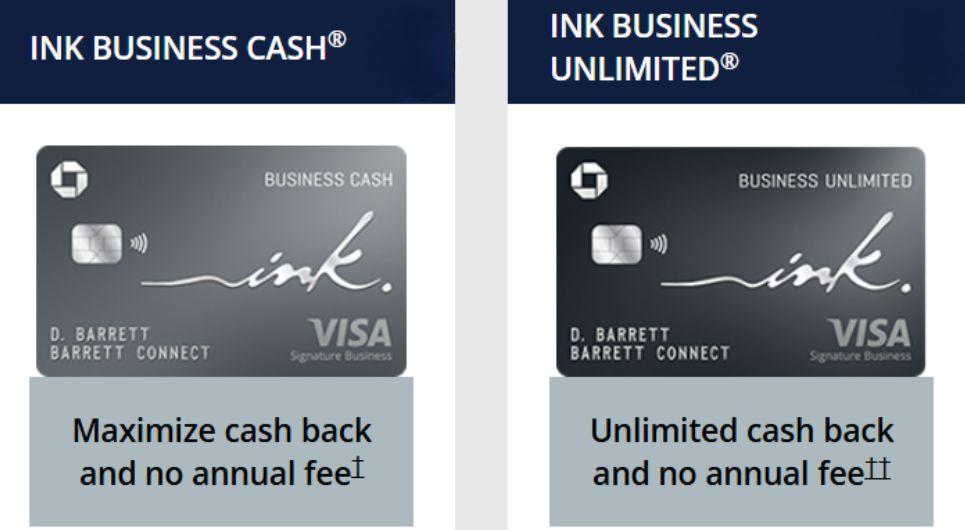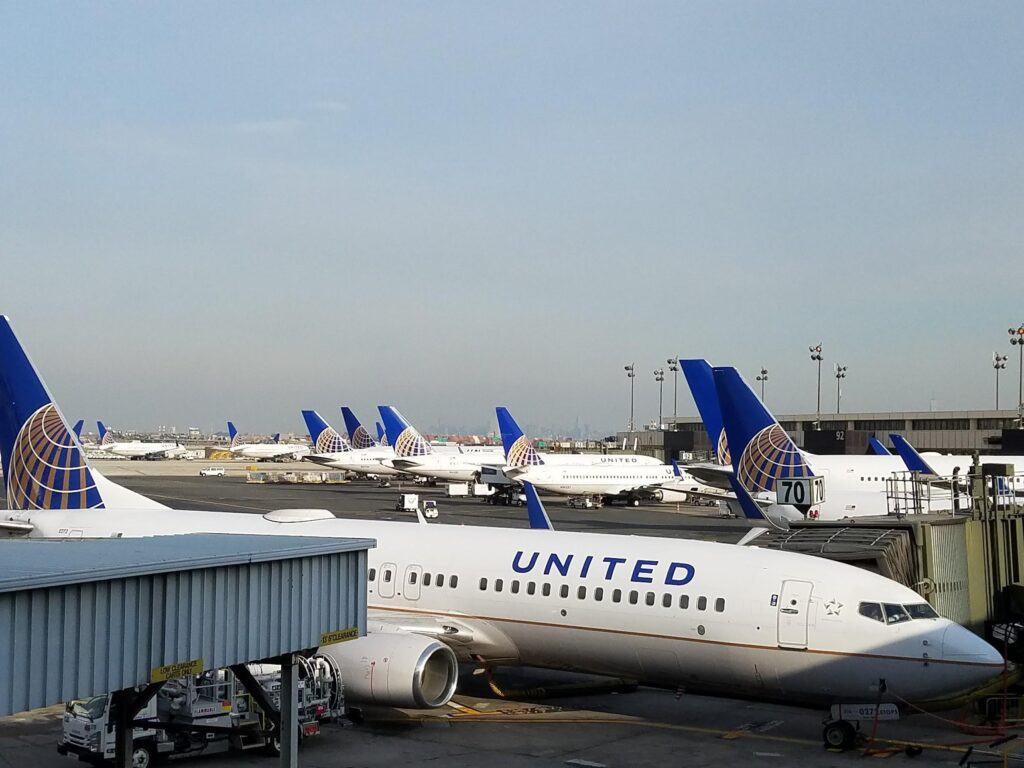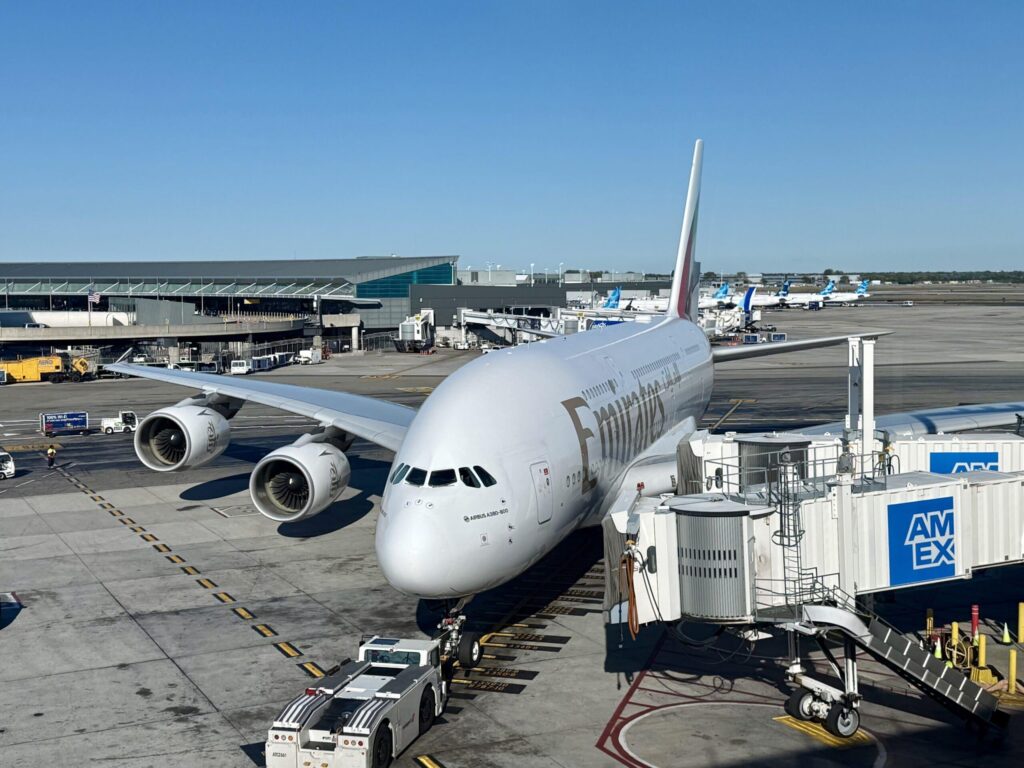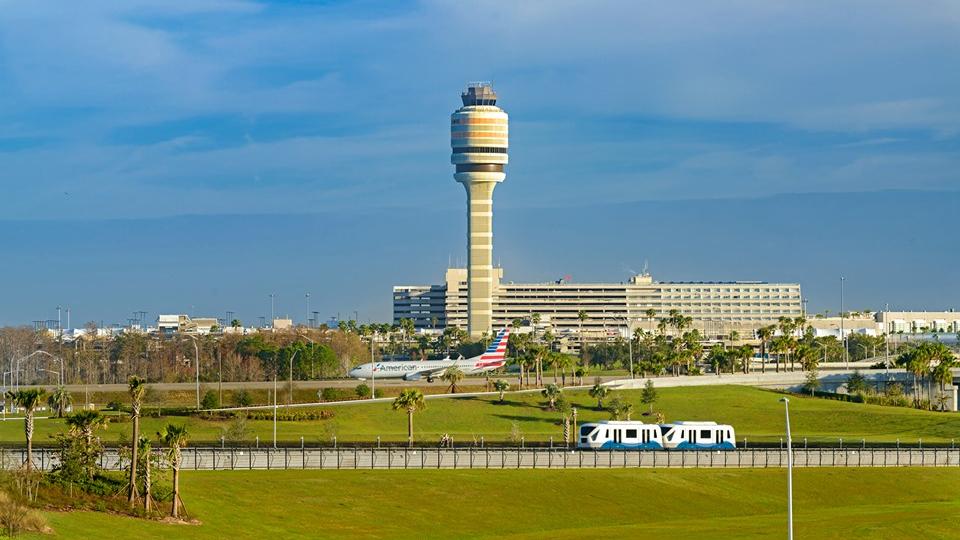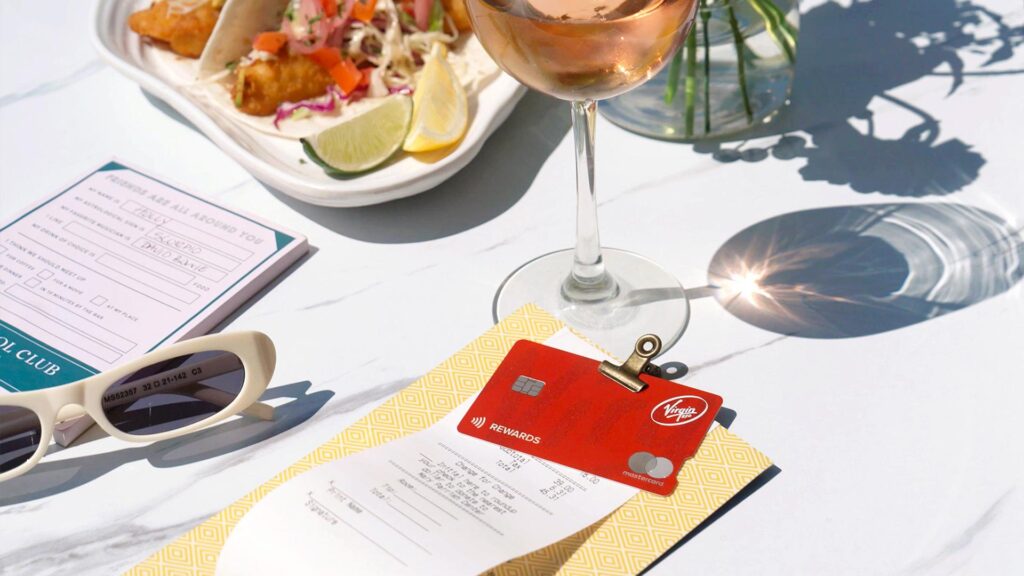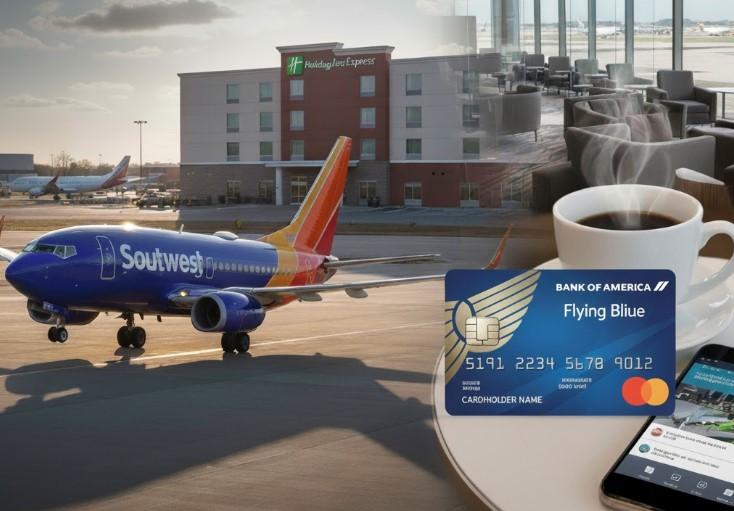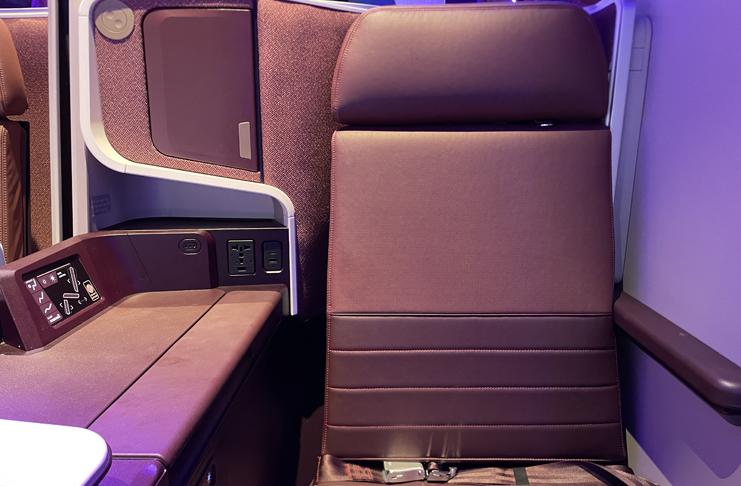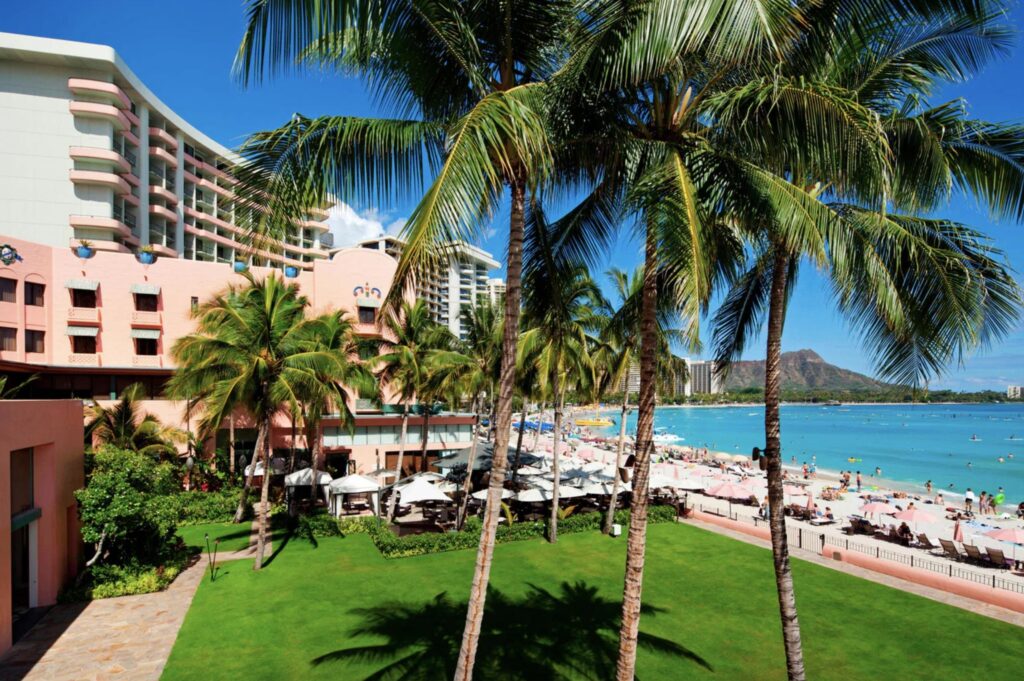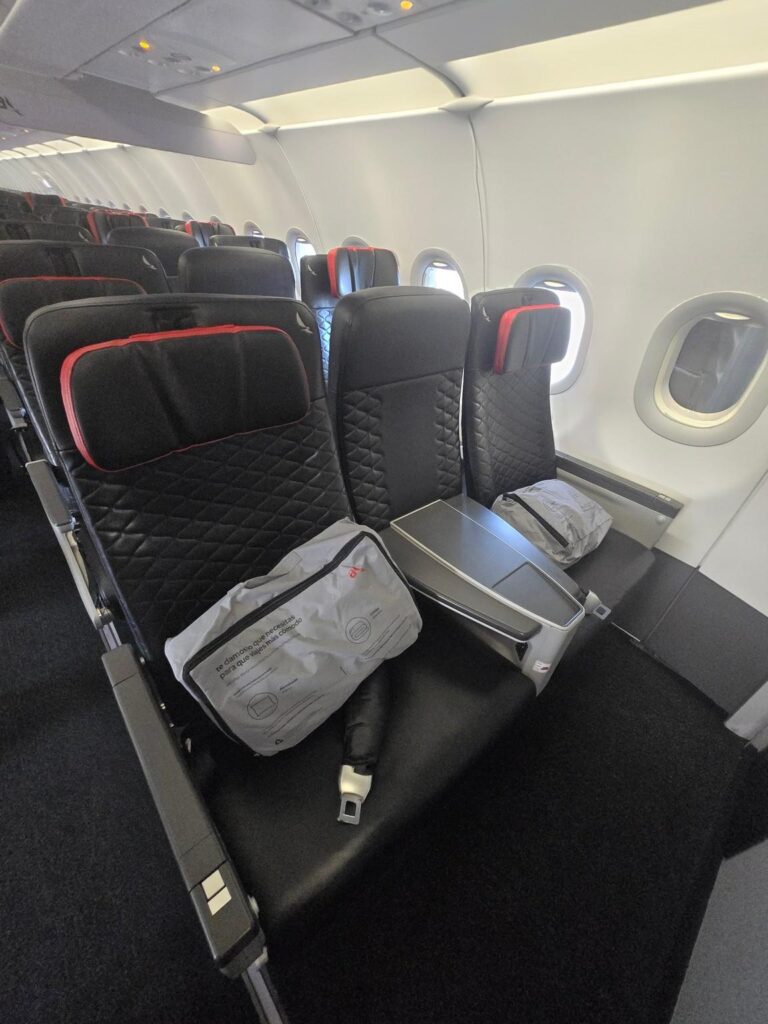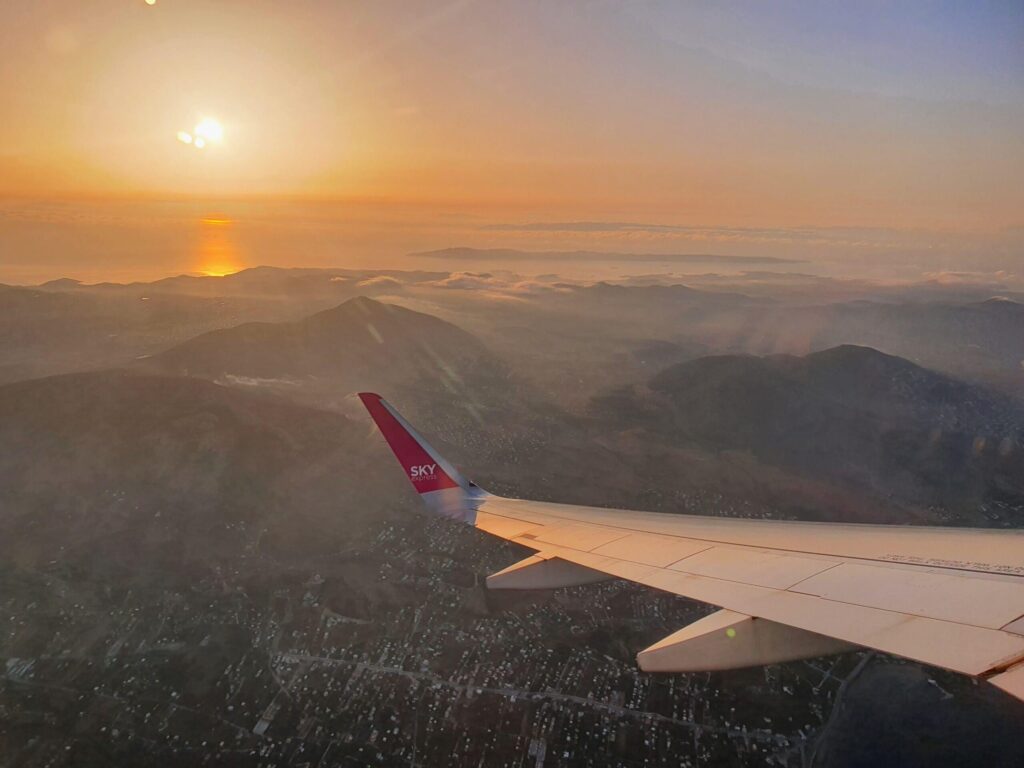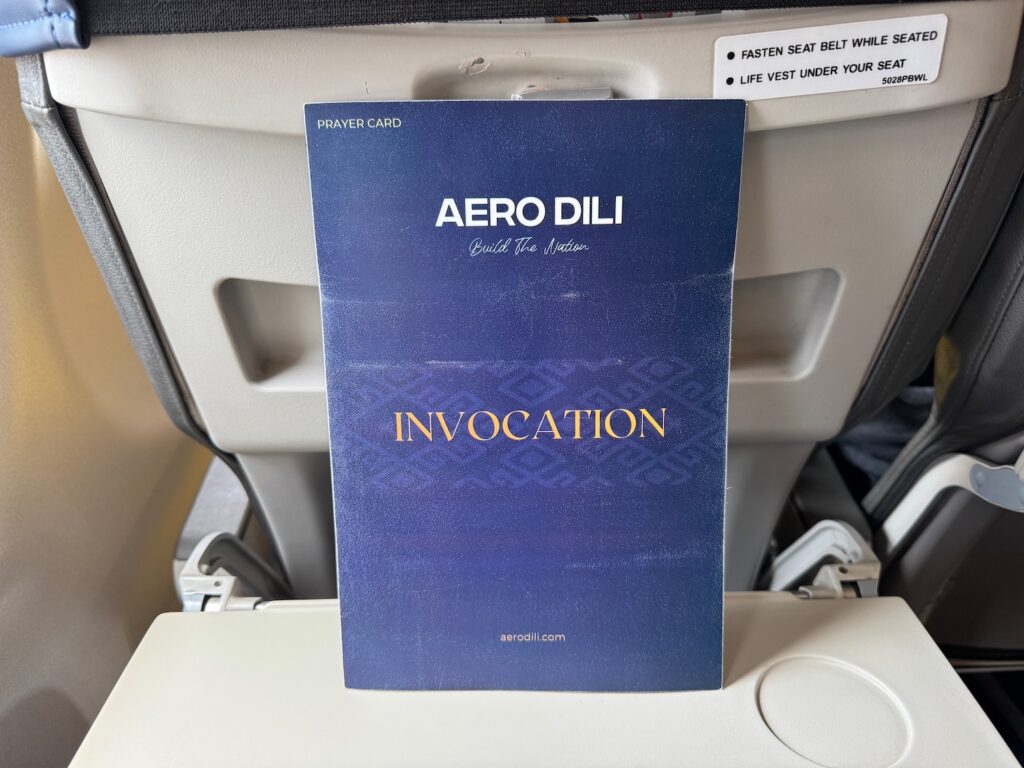
JR Pass 2025 Price Hike: Secure Your Vouchers Now
Japan’s world-renowned bullet trains have always fascinated me—though I’ve never physically boarded one, I’ve pored over countless travel posts describing their speed and precision. Even more intriguing has been the famed JR Pass, which once offered almost unbeatable value for globetrotters crisscrossing the country. But now, with prices having soared up to 70% since October 2023 and slated to rise again in 2025, I’ve noticed that travel planners must be ever more strategic. From what I’ve observed in user forums and official statements, the pass remains valuable for those covering multiple cities—yet figuring out how to maximize every yen is more vital than ever.
Why the JR Pass Is Under the Spotlight

Back in 2023, the yen faced significant pressure, prompting the JR Group to raise energy and operational costs along with pass prices. Official reports indicated that this decision not only reflected currency trends but also the need to maintain Japan’s high-speed rail infrastructure. For many travel enthusiasts I’ve interacted with online, the pass’s allure lies in the freedom to hop from Tokyo to Kyoto to Hiroshima without fussing over individual tickets. Being able to just show the pass and float between these destinations is a massive advantage.
I’ve read multiple travel blogs highlighting how foreign visitors still enjoy handy perks, such as partial access to Nozomi and Mizuho Shinkansen (though extra fees apply). It’s also worth noting that certain attractions across Japan offer discounts to pass holders—so even with the price tag on the rise, the pass can bring down overall travel costs. According to industry data from the Japan Tourism Agency, over 3 million overseas travelers used some form of JR pass last year, showing just how integral it has become to the international travel experience here.
With another JR Pass hike on track for this year (2025), it’s no wonder travelers are rushing to purchase vouchers early. I’ve seen countless queries pop up in travel forums: “Buy now or wait?” Given the next price bump, many are leaning toward buying as soon as they lock in their trip days. It just feels safer to avoid the uncertainty of last-minute surges.
From 2023 to 2025: Side-by-Side Price Comparisons
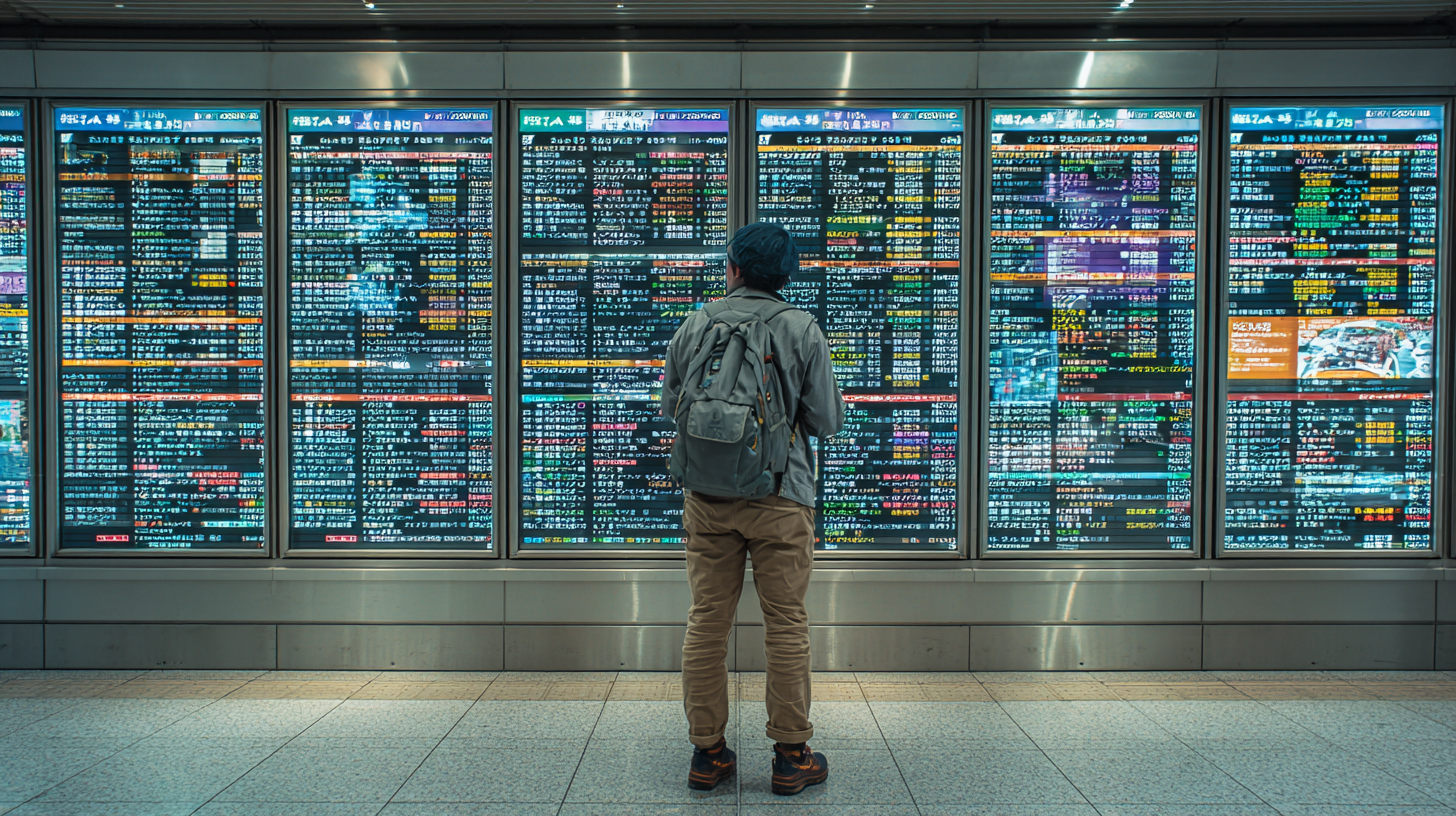
Historically, a 7-day Ordinary pass clocked in at around ¥29,650 before the October 2023 increase. After that hike, the price hovered closer to ¥50,000. Meanwhile, Green passes leaped from about ¥39,600 to ¥70,000—massive jumps that took many Japan-bound travelers by surprise. Now that it’s 2025, the official figures have risen again, with a 7-day pass costing around $477 for adults and $341 for children, based on the most recent currency exchange rates. Fourteen-day and 21-day passes see proportional increases, currently sitting at $750 and $955, respectively.
One real-world anecdote I found particularly striking came from a European family who posted their travel expenses online: they saved roughly $150 per person by buying their 7-day JR Pass vouchers in 2024 rather than waiting until 2025. When multiplied across four family members, that’s a tidy sum—enough, they mentioned, to splurge on extra sightseeing and dining. It goes to show that timing your voucher purchase can be key.
Official JR Group documents confirm that these tiered price adjustments are aimed at maintaining the Shinkansen’s advanced technology and infrastructure. A recent study suggests that Japan’s focus on upgraded trains and station facilities, plus a push for more sustainable energy usage, partly drives these costs. For travelers, that investment can lead to smoother, more comfortable journeys, but it also explains today’s higher rates.
How to Get the Most From the Pass

In my experience reading traveler accounts, timing is everything. Activating the pass just before a big trip—like heading from Tokyo to Osaka—ensures none of the days are wasted. While the pass won’t cover Tokyo’s subways, pairing a Suica or Pasmo card for those shorter city hops solves the gap seamlessly. Experienced travelers often advise first-timers to plan busy sightseeing days around JR lines, then switch to local transit cards for shorter distances.
Green Car options, from what I’ve gathered, take comfort to the next level. I’ve seen several enthusiasts note the plush seats, additional legroom, and overall quieter cabins—especially useful on long journeys from Tokyo to Fukuoka. While it might be an extra expense, even with the rising prices, it can make a drastic difference in comfort. For folks stacking multiple city hops, the pass shines even brighter. Hit iconic spots like Kyoto’s temples, Hiroshima’s Peace Memorial Park, and Osaka’s Dotonbori area, all under a single pass.
Frequent flyers who stay for two weeks or more typically see the greatest returns, especially those planning to check off as many regions as possible. I recall one blog post where a traveler managed to visit seven different prefectures within 10 days using the 7-day pass. They did admit it was a whirlwind itinerary, but it underscores how powerful unlimited JR travel can be for committed explorers.
Alternatives for Regional Travel

If your plans revolve around just one region, such as Kansai or Kyushu, you might want to look into local passes. I’ve sifted through offers from JR Hokkaido and JR East as well; each region-specific package can cost significantly less than the nationwide pass and still provides unlimited train rides in a designated zone. For instance, a Kansai-area pass might be more than enough if you’re focusing on Osaka, Kyoto, and Nara.
Still, I’ve noticed that even these smaller regional passes have not been immune to moderate fare increases—some are up by about 15% as of April 2025. According to official pricing charts, these adjustments help align the cost with rising operational expenditures. But as one savvy traveler mentioned in a recent forum post, the flexibility to hop between smaller towns and lesser-known suburbs without the burden of buying separate tickets can be worth every yen.
Always compare the total cost of an anticipated itinerary with a regional pass against the full JR Pass. In some cases, especially if the trip is longer or more spread out geographically, the nationwide option might still be a winner, even at the higher price point.
Securing Your Pass Before the Hikes
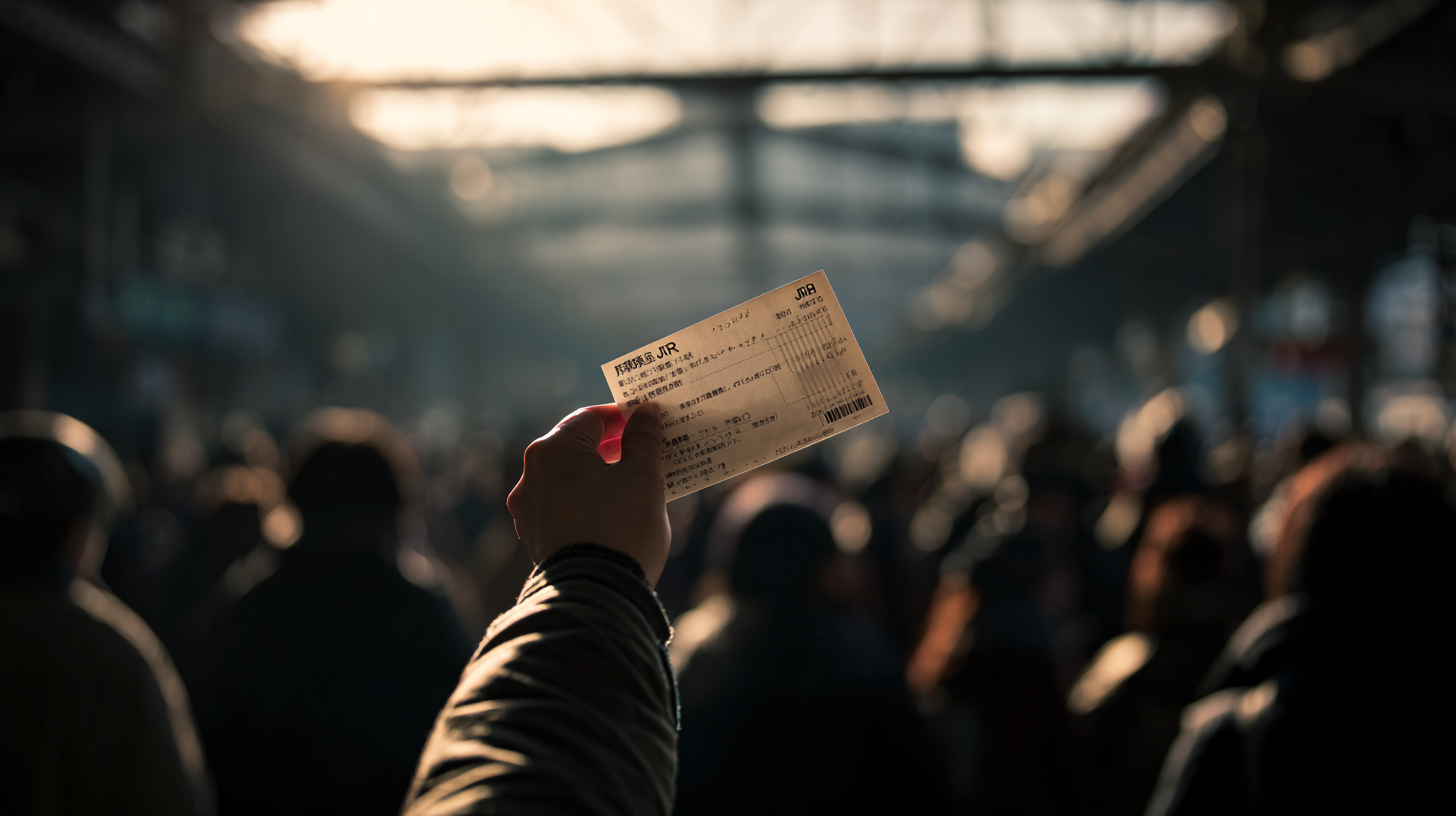
JR Group’s online voucher system allows you to purchase up to three months in advance, with each voucher valid for 90 days. I’ve seen many travelers share strategies on locking in current rates, especially if they’re certain about their travel window. One tip involves setting a reminder to buy exactly 90 days before the intended arrival date so there’s minimal risk of missing the activation period.
Given Japan’s goal of welcoming over 40 million tourists this year, pass availability could become a hot commodity—so snagging a pass not only saves you money but also gives you peace of mind. For those planning to take multiple bullet train rides, the JR Pass remains a staple. A recent statistic from the Japan National Tourism Organization noted that each year sees a higher influx of travelers venturing beyond the classic Tokyo-Kyoto route, making early pass purchases all the more valuable.
While the price hikes can feel steep, I’ve found that it’s ultimately about convenience and freedom of movement. If you want to keep your schedule flexible, a JR Pass still holds plenty of merit. Japan’s rail system is famously punctual, and having that pass in your pocket means you can pivot your plans at a moment’s notice without fretting over ticket costs.
Final Thoughts

In an era of fluctuating currencies and rising operational expenses, the JR Pass is evolving alongside Japan’s robust rail infrastructure. Despite cost increases through 2025, I believe the pass can still make economic sense for those aiming to traverse multiple cities. It all boils down to doing the math: compare your daily travel needs, factor in local or regional passes, and consider how far your journeys will stretch. By keeping a close eye on exchange rates, activation windows, and potential promotional deals, you can still unlock tremendous value with the JR Pass.
When planning any trip, knowledge is your strongest ally. I encourage all prospective travelers to stay alert to shifting prices and to purchase their passes at a time that aligns with their detailed itinerary. Ultimately, getting the most out of your JR Pass means knowing where—and how—you’ll use it.
Sky Skylar’s Take
Whenever I scan the blogosphere for real-time insights, I see that the JR Pass debate always stirs a lot of passion. Everyone wants to get a piece of the bullet-train magic at the lowest possible cost. My take? If you’re eager to roam multiple regions, it’s a no-brainer. The pass offers flexibility I’ve yet to see matched anywhere else.
Still, I recommend building your route carefully. Even if the pass doesn’t cover everything (like local subways), the ease of reserving seats for major treks transforms your journey from a logistical headache into a pleasant cruise on rails. For my own imaginary travels through the torii gates and neon cityscapes, the JR Pass would remain a top pick.
BoardingArea is your gateway to the latest travel insights and tips—stay connected!

